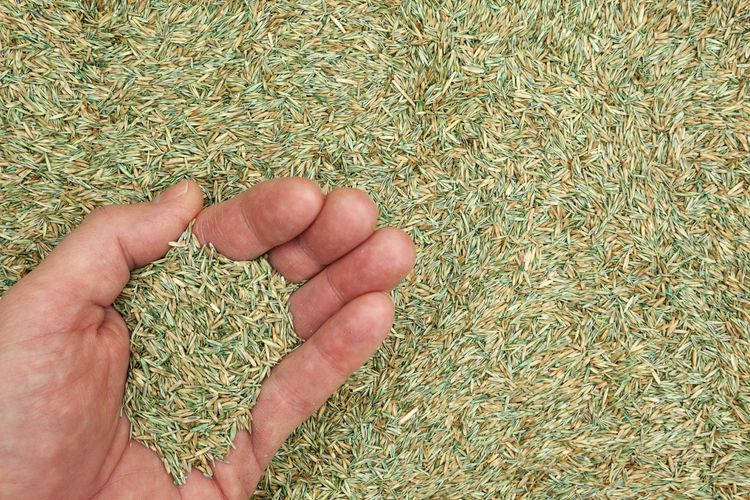
Snapdragons are charming and vibrant flowers that add a splash of color to any garden or landscape. Known for their unique shape and bright blooms, these versatile plants are a favorite among garden enthusiasts. Whether you’re a beginner or a seasoned gardener, this comprehensive guide will provide you with all the information you need to successfully grow and care for snapdragons.
Snapdragon Care: Providing the Ideal Conditions
Light:
Snapdragons thrive in full sun to partial shade. They require at least 6 hours of direct sunlight daily to produce abundant blooms. If you live in a hot climate, providing them with some afternoon shade can help prevent wilting.
Soil:
Well-draining soil is crucial for snapdragons. They prefer a slightly acidic to neutral soil pH (around 6.0 to 7.0). Amend heavy clay or sandy soil with organic matter, such as compost, to improve drainage and fertility.
Water:
While snapdragons need regular watering, it’s important to strike a balance. Overwatering can lead to root rot, so water when the top inch of soil feels dry. Aim to provide a consistent level of moisture without saturating the soil.
Temperature and Humidity:
Snapdragons are cool-season flowers that prefer moderate temperatures. They can tolerate some heat but may struggle in extreme heat conditions. Provide adequate air circulation to reduce the risk of fungal diseases.
Fertilizer:
To promote healthy growth and abundant blooms, fertilize snapdragons every 4-6 weeks with a balanced, water-soluble fertilizer. Follow the package instructions for the appropriate dosage, and avoid over-fertilization, which can lead to excessive foliage growth and fewer flowers.
Types of Snapdragon: Explore the Variety
Snapdragons come in various sizes, colors, and forms. Some popular types include:
– Tall snapdragons (Antirrhinum majus): These are the most common and come in a wide range of colors. They can grow up to 3 feet tall.
– Dwarf snapdragons (Antirrhinum majus nanum): Compact varieties that reach a height of around 6-8 inches. Perfect for borders or containers.
– Double-flowered snapdragons: These varieties have double petals, giving them a fuller appearance.
– Fragrant snapdragons: Certain varieties of snapdragons have a delightful fragrance that adds an extra dimension to your garden.
Propagating Snapdragons
Snapdragons can be propagated through two main methods: division and stem cuttings.
Propagate via Division:
To propagate snapdragons through division, carefully dig up an established plant and separate the clumps into smaller sections. Replant the divisions in well-prepared soil, ensuring they are adequately spaced.
Propagate from Stem Cuttings:
Take stem cuttings from healthy, non-flowering shoots of the parent plant. Remove the lower leaves, dip the cut end in rooting hormone, and plant it in a well-draining soil mix. Keep the cuttings moist and warm until they develop roots.
How to Grow Snapdragons from Seed:
Growing snapdragons from seeds is a popular method. Sow the seeds directly in the garden after the last frost date or start them indoors 8-10 weeks before the last frost. Cover the seeds lightly with soil and keep them consistently moist until germination occurs.
Overwintering Snapdragons
In mild climates, snapdragons may survive the winter and bloom again in the following season. However, in colder regions, they are typically grown as annuals. To protect snapdragons during the winter, cover them with a layer of mulch to insulate the roots from freezing temperatures.
Common Pests and Plant Diseases
While snapdragons are generally resistant to pests and diseases, a few common issues may arise:
– Aphids: These tiny insects can infest snapdragons. Use insecticidal soap or a strong spray of water to control them.
– Rust: A fungal disease that appears as orange or brown spots on the leaves. Remove affected leaves and treat with a suitable fungicide.
– Powdery mildew: A fungal infection that creates a white, powdery coating on the leaves. Improve air circulation and treat with a fungicide if necessary.
How to Get Snapdragon to Bloom
Snapdragons naturally produce beautiful blooms, but you can encourage more prolific flowering with a few simple steps:
– Deadhead spent flowers regularly to stimulate new blooms.
– Provide adequate sunlight to promote healthy growth and blooming.
– Apply a bloom-boosting fertilizer once a month during the growing season.
– Maintain consistent moisture levels without overwatering.
Common Problems With Snapdragon
Snapdragons may encounter a few issues that can be easily addressed:
– Wilting leaves, fewer flowers: Insufficient water or extreme heat can cause wilting. Ensure adequate moisture and provide shade during the hottest part of the day.
– Yellow and brown flecks on the leaves: This can be a sign of fungal diseases or nutrient deficiencies. Treat with appropriate fungicides or adjust fertilization practices.
– Plants toppling over: Weak stems can cause plants to topple. Provide support, such as stakes or cages, to keep them upright.
With the right care and attention, you can enjoy a stunning display of snapdragons in your garden. These gorgeous flowers will add vibrancy and charm to any outdoor space, enticing both gardeners and pollinators alike. Follow this guide, unleash your creativity, and watch your snapdragons flourish!
Frequently Asked Questions About Growing Snapdragons
1. Can snapdragons tolerate hot temperatures?
While snapdragons are cool-season flowers, some varieties can tolerate moderate heat. However, in regions with scorching summers, snapdragons may struggle and produce fewer blooms. Providing them with partial shade during the hottest part of the day and ensuring they receive adequate moisture can help them withstand higher temperatures.
2. How often should I fertilize snapdragons?
To promote healthy growth and abundant blooms, fertilize snapdragons every 4-6 weeks during the growing season. Choose a balanced, water-soluble fertilizer and follow the instructions for proper application. Avoid over-fertilization, as it can lead to excessive foliage growth and reduced flowering.
3. Can I grow snapdragons in containers?
Absolutely! Snapdragons can thrive in containers, making them a versatile choice for those with limited garden space. Choose a container with drainage holes and use a well-draining potting mix. Make sure the container receives ample sunlight, and water regularly to keep the soil evenly moist. Remember to choose compact or dwarf varieties that are better suited for container gardening.
By addressing these frequently asked questions, you’ll have a better understanding of how to grow and care for snapdragons successfully. Enjoy the process of nurturing these delightful flowers and witnessing their vibrant blooms brightening up your garden.






